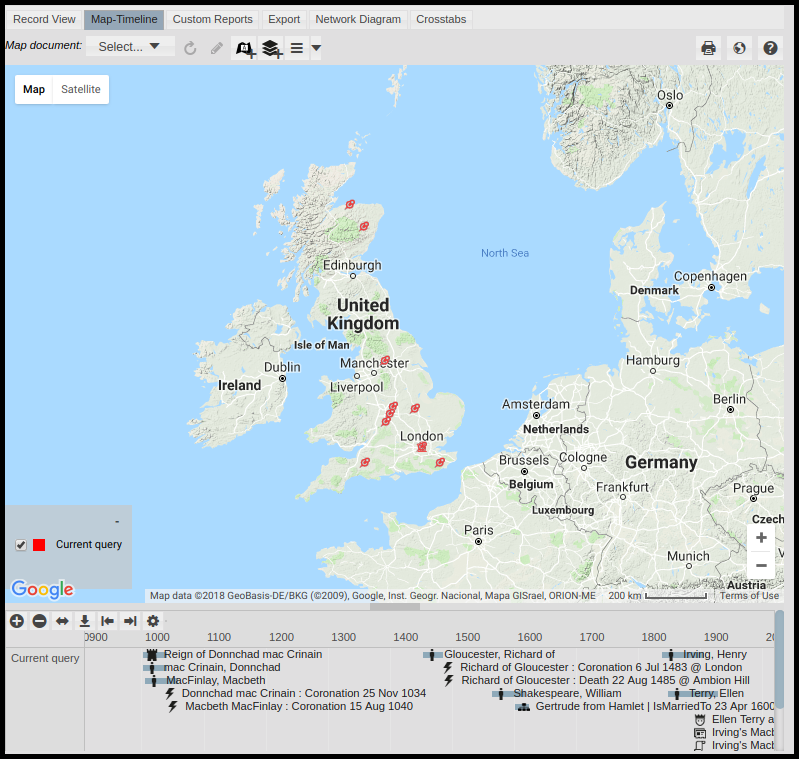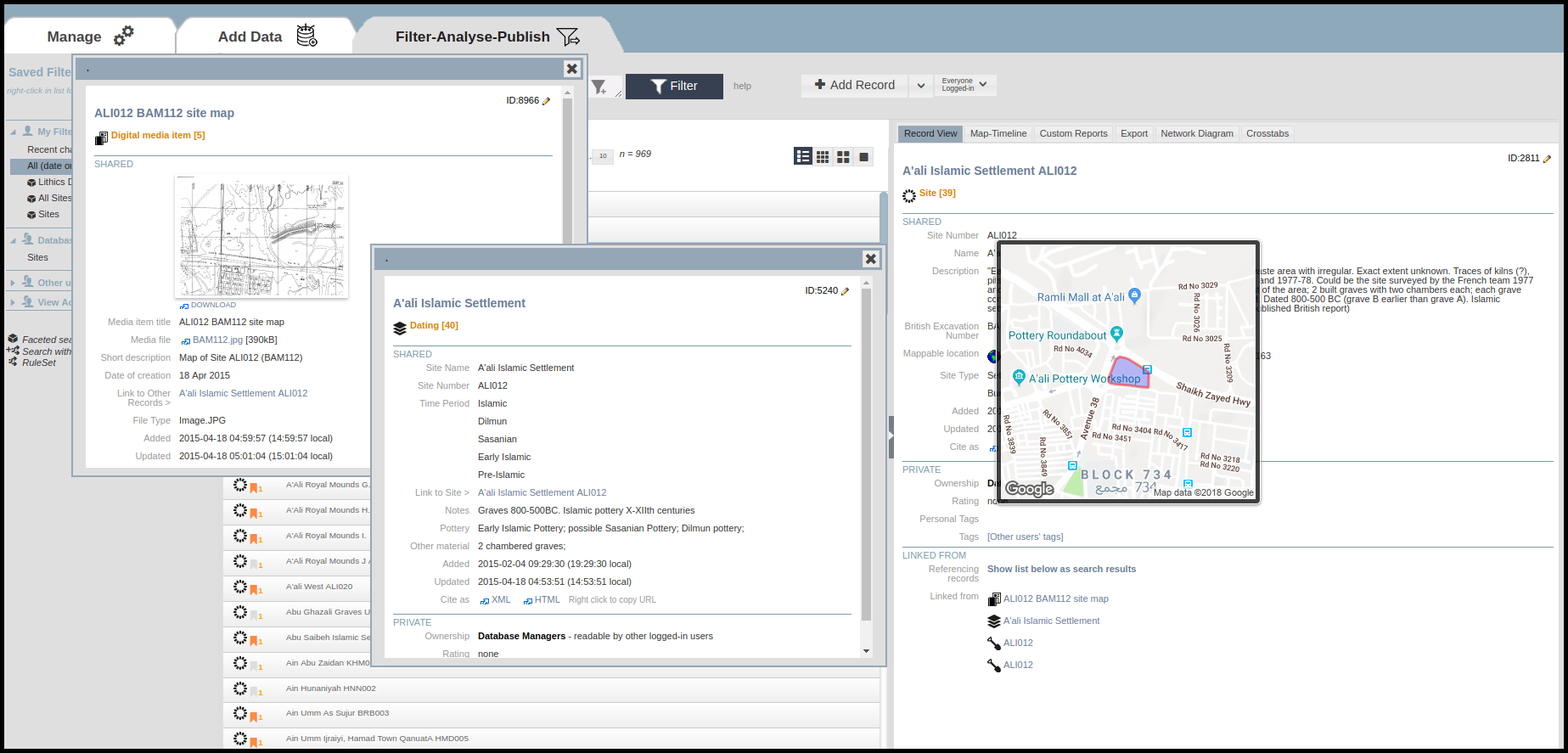ArcheFact has become an authorised provider of support for Heurist! Heurist is a knowledge management system designed especially for the Humanities, started as a project at the University of Sydney in 2005. It is now widely used by Humanities researchers in a range of disciplines around the world. Heurist is built on MySQL, an open source relational database management system. Heurist’s code is also open source and available on GitHub. There are instructions on the Heurist Network website for those wishing to install a separate instance (expertise in server installations using Linux, Apache, PHP and MySQL is strongly recommended, alternatively, ArcheFact can advise and assist in the setup of such instances, contact us for details).

Heurist is an excellent system for managing data in any area of the Humanities, especially Cultural Heritage. Designed by Dr Ian Johnson, an archaeologist, Heurist excels in managing temporal and spatial data in particular. Using an interface similar to Google Maps, but enhanced by a timeline populated by date fields in the database, spatial and temporal records are displayed in a visually pleasing manner (see screenshot above). Not only can one digitise directly into the map interface, but one can also import KML files or coordinates in decimal degrees (longitude and latitude) and UTM. Temporal records are even more diverse, allowing for approximate dates, date ranges (as shown on the timeline above), radiocarbon dates (with standard deviations), use of 9 different calendars (including Julian, Islamic, Mayan and Hebrew calendars), as well as actual times (with time zones).

Another advantage of Heurist is the ability to quickly and easily access linked records. There are a variety of ways to link records together and even an option to include vocabularies to describe the relationship (e.g. “IsSonOf” or “IsStratigraphicallyBelow” or even “MayBeTheSameAs”). Linked records are displayed in blue text, which can be clicked to open the linked record in a popup window (see screenshot above). Linked records can include images, scanned documents, other records, etc. All linked records refer to each other. Thus if one links records to a bibliographic source, for example (Heurist can sync with a Zotero bibliography), then viewing the bibliographic source will also show all other records linked to that source – an invaluable tool for research! (see screenshot below)

This is just a small taste of the amazing power of Heurist, which can completely transform your research! So explore Heurist today and then sign up for one of our online training courses to get you off to a flying start! Contact us for more details.



